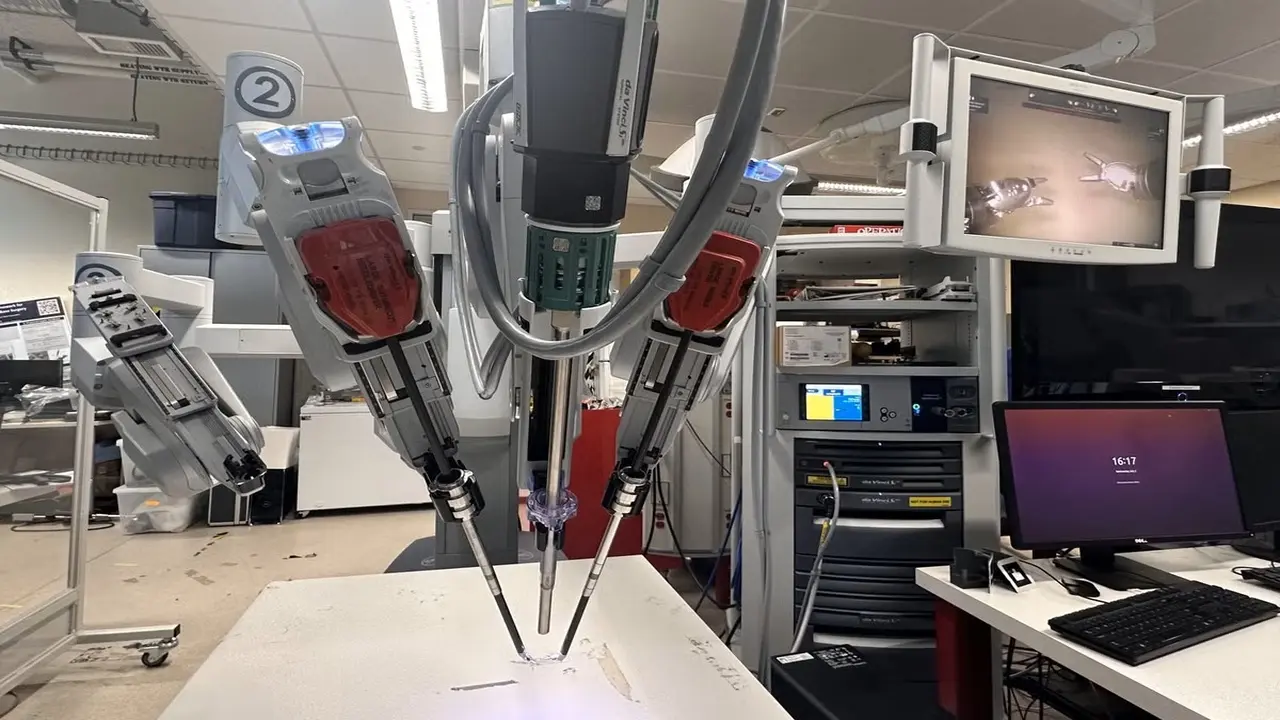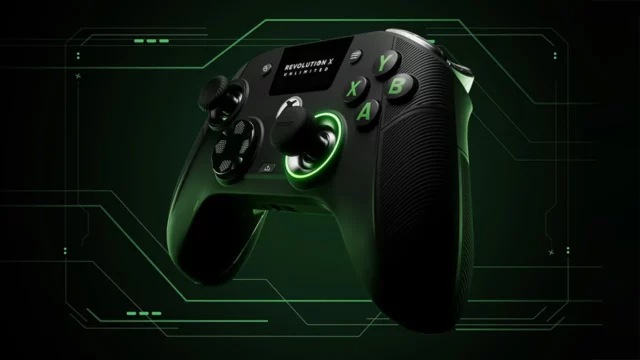Researchers at Johns Hopkins University have developed the first fully autonomous surgical robot capable of performing surgery. The system, called SRT-H, successfully completed a gallbladder removal operation guided solely by voice command. The robot performed this operation with a precision rivaling the skills of human surgeons, requiring no mechanical assistance and adapting independently to the diverse challenges it encountered.
Autonomous robot surgeon could revolutionize medicine
SRT-H operates with an artificial intelligence architecture capable of real-time decision-making and response. In tests on pigs, the robot successfully completed eight separate anatomically diverse operations.

The variable structure of organs and vessels provides a model that closely resembles the diversity found in human patients. In the tests, SRT-H autonomously managed the 17-step surgical process, identifying vessels and ducts, and performing clipping and cutting procedures.
Each operation took an average of 5 minutes. The robot switched strategies six times during the intervention, automatically correcting any problems encountered. This feature demonstrates that the robot intervenes with “understanding” and goes beyond systems that simply execute pre-programmed steps.
Azwl Krieger, a medical robotics expert at Johns Hopkins, stated that this development represents a transition from robots performing surgical tasks to systems that truly understand surgical procedures.
SRT-H uses a model similar to the AI architecture that powers ChatGPT. This infrastructure allows it to understand voice commands and instantly adapt to new situations through learning. It responds by developing new strategies to counter unexpected changes in tissues. This approach demonstrates that the robot not only executes commands but also analyzes and interprets the surgical situation.
While SRT-H’s operating time currently lags behind that of human surgeons, the quality of the results is considered equivalent to that of human-operated surgeries. The system, which has not yet received clinical approval for human use, is planned to be available in hospitals within the next 10 years.
The research team envisions SRT-H being trained in various types of operations and expanding to a wider range of surgical fields. Once the system reaches a level where it can operate completely independently, robots that perform surgeries without human intervention will begin to take their place in clinical practice.













